105
8
4 minutes
Suggested Articles
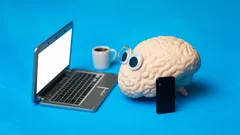
AI Is Revolutionizing Creative Careers—Here’s How Americans Are Thriving
Explore how AI is changing our creative world, discover which jobs are most affected, and learn practical strategies for thriving alongside artificial intelligence in the digital age.
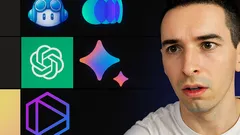
AI coding assistants like Copilot and ChatGPT are transforming developer workflows
AI & Everyday Tech
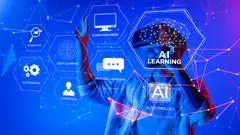
How AI and Micro-Credentials Are Reshaping Future Careers in Tech
AI & Everyday Tech
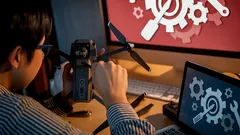
Unlock Your Productivity and Privacy With a Local AI Assistant on Your PC
AI & Everyday Tech
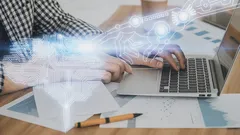
Generative AI Is Quietly Transforming Workflow Automation Across America
AI & Everyday Tech
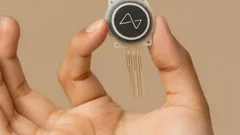
Neuralink’s breakthrough brain implant promises hope for the blind
AI & Everyday Tech
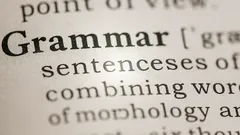
AI Spell Checkers Are Quietly Revolutionizing How We Write Every Day
AI & Everyday Tech
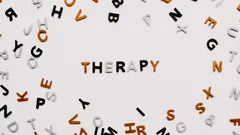
Digital health advocates face harsh truths as AI therapy chatbots falter
AI & Everyday Tech

YouTube’s AI Revolution Turns Videos Into Shopping and Travel Adventures
AI & Everyday Tech

Turn your webcam into an AI emotion detector with Python and MediaPipe
AI & Everyday Tech

Playing video games together strengthens relationships and sparks real connection
AI & Everyday Tech

US crypto pioneers transform bold risk into life-changing fortunes
AI & Everyday Tech

Tech leaders embrace waste-to-carbon solutions as Microsoft bets big on green AI
AI & Everyday Tech

Travelers and campers embrace portable backpack laundry tech for freedom and clean clothes anywhere
Gadgets & Reviews

Sleep experts champion a smart anti-snoring belt for restful nights and healthier mornings
Gadgets & Reviews
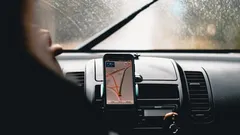
Drivers use Google Maps and Waze to avoid fines but risk safety trade-offs
AI & Everyday Tech

App lovers seize this week’s best free premium downloads before time runs out
Smartphones & Apps
 W3 CodeCraft
W3 CodeCraft

Comments